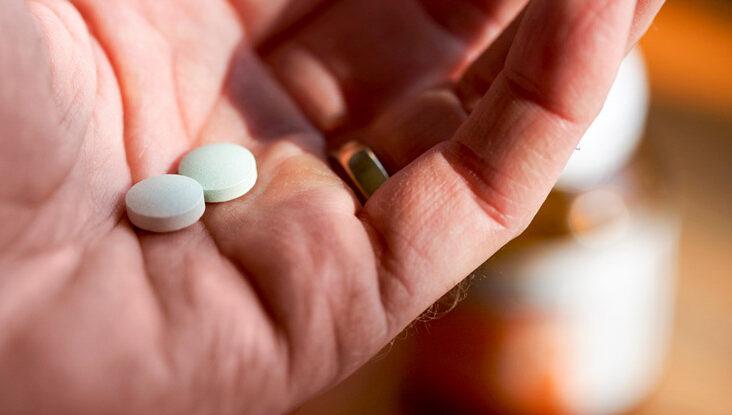An estimated 30 to 50 million men in the United States have erectile dysfunction (ED), a condition defined by an inability to achieve or maintain an erection firm enough for sexual intercourse. Although not a deadly condition, it often has a drastic effect on a person’s quality of life, leading many men with ED to seek treatment.
It is important to note that because the prevalence of ED increases with age, it is common for those affected to have other comorbidities or treatment regimens. Many of the medications used in the treatment of ED have interactions with other medications, so it is crucial for pharmacists to carefully examine patient profiles to optimize therapy and ensure safety.
Common Causes of ED
The most common cause of ED is when blood flow to the penis is reduced. This can be caused by a multitude of reasons, but we most often see this issue arise commonly in patients who suffer from hypertension and atherosclerosis. The antihypertensive drugs designed to lower blood pressure in those patients can also contribute to reducing blood flow to the penis.
ED can also be associated with diabetes, obesity, smoking, and excessive alcohol consumption. Stress, anxiety, and depression can also psychologically affect a man’s ability to get an erection.

Treating ED
Phosphodiesterase type 5 (PDE-5) inhibitors are considered the first line and the mainstay treatment for ED. When sexually stimulated, nitric oxide is released locally, which increases cyclic guanosine monophosphate (cGMP). cGMP causes smooth muscle relaxation, which permits more blood flow into the penis, allowing for an erection. PDE-5 is a natural enzyme that degrades cGMP and shuts off the erection mechanism when sexual stimulation ends.
By inhibiting PDE-5, drugs such as sildenafil (Viagra; Pfizer), tadalafil (Cialis; Eli Lilly and Co.), vardenafil (Levitra; Bayer Pharmaceuticals), and avanafil (Stendra; Metuchen Pharmaceuticals) work to temporarily maintain an erection.
Drug Interactions
PDE-5 inhibitors have very important interactions that we must keep in mind at all times. It is contraindicated to use these meds with nitrates [e.g., nitroglycerin (Nitrostat; Pfizer)], isosorbide mononitrate (Imdur; TopRidge Pharma), isosorbide dinitrate (Isordil; Bausch), or riociguat (Adempas; Bayer).
Doing so can result in severe hypotension, potentially leading to fainting, heart attack, or stroke. Patients who take nitrate-containing products for angina or other cardiac-related problems must avoid using PDE-5 inhibitors. If a patient experiences angina and needs nitroglycerin, it cannot be used until 24 hours after sildenafil or vardenafil, 12 hours after avanafil, and 48 hours after tadalafil.
In general, sexual activity can put a strain on the heart, so it ends up being an even more dangerous situation for those with cardiac issues if they take PDE-5 inhibitors. Additionally, PDE-5 inhibitors also need to be used in caution with other drugs that can cause hypotension, such as antihypertensives and alpha blockers, because they potentiate the hypotensive effects when used together.
Other than these interactions, PDE-5 inhibitors should also be avoided with moderate to strong CYP450 3A4 inhibitors, because these drugs can increase the levels of PDE-5 inhibitors in the body. The reverse is also true for the opposite; CYP450 3A4 inducers could decrease drug levels.
